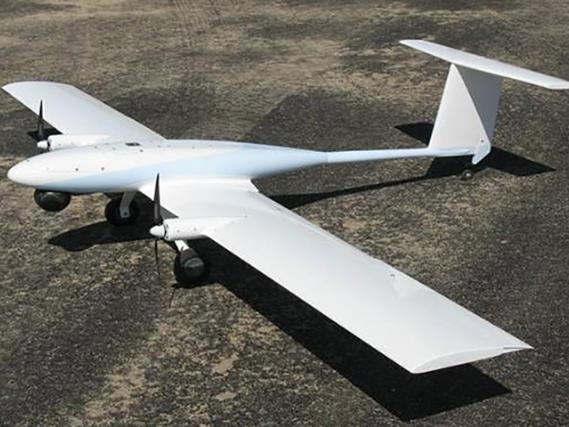In recent years, the advancement of technology has brought about significant changes in how we perceive surveillance. One of the most notable innovations is the emergence of hovering drones, which have become a pivotal tool in modern surveillance strategies. The applications of hovering drone technology are vast and varied, ranging from residential security to expansive governmental operations. As we delve into this fascinating subject, it becomes clear that hovering drones are set to revolutionize the realm of surveillance.
The Rise of Hovering Drones in Surveillance
Hovering drones are unmanned aerial vehicles (UAVs) equipped with advanced sensors and cameras, allowing them to capture high-quality footage and data from above. These drones have the unique ability to remain stationary mid-air, providing a continuous and stable observation platform. The most prominent feature of a hovering drone is its ability to stay airborne for extended durations, making it indispensable for many surveillance tasks. By harnessing cutting-edge technology, hovering drones have vastly improved efficiency in monitoring large areas without the need for constant repositioning, which is a limitation faced by traditional surveillance methods.
Diverse Applications of Drone Technology
Hovering drones find applications across a myriad of sectors, each benefiting from their precise and versatile monitoring capabilities. In urban environments, they provide law enforcement with a bird’s-eye view of crime scenes, traffic management, and crowd control. Similarly, in rural settings, farmers rely on drones to oversee expansive fields, ensuring crop health and managing resources. Meanwhile, environmentalists use drones to track wildlife movements and monitor ecosystems, highlighting their usefulness beyond conventional surveillance purposes.
The Future Outlook and Ethical Considerations
Despite their advantages, the widespread use of hovering drones in surveillance raises several ethical and privacy concerns. With advanced technology comes the potential for misuse and infringement on individual rights. As drones become more integrated into daily life, rigorous regulations and ethical guidelines are imperative to safeguard personal privacy while maximizing their benefits.Hovering drones are poised to play a crucial role in future urban planning, disaster management, and even military operations. Integration with AI and machine learning can enhance their capabilities, allowing drones to autonomously identify threats and relay crucial data efficiently.
A Closer Look at Drone Innovations
Recent innovations in drone technology have focused on improving battery life, enhancing image resolution, and increasing payload capacity. These improvements mean drones can fly longer, provide clearer images, and carry more sophisticated equipment. As drone technology evolves, it will inevitably lead to newer applications and breakthroughs in surveillance capabilities.
Frequently Asked Questions
Q1: How far can hovering drones travel?
A1: Most commercial hovering drones have a range of several kilometers, while advanced models can travel even farther, depending on battery capacity and design specifications.
Q2: Are hovering drones affected by weather conditions?
A2: Yes, weather plays a crucial role in drone operations. High winds, rain, and extreme temperatures can hinder performance, necessitating robust designs to withstand various environmental challenges.
in drone operations. High winds, rain, and extreme temperatures can hinder performance, necessitating robust designs to withstand various environmental challenges.
Q3: How are privacy concerns addressed with drone surveillance?
A3: Privacy concerns are addressed through legislation and industry guidelines that define acceptable surveillance practices, ensuring that drones are used responsibly with respect for individuals’ rights.